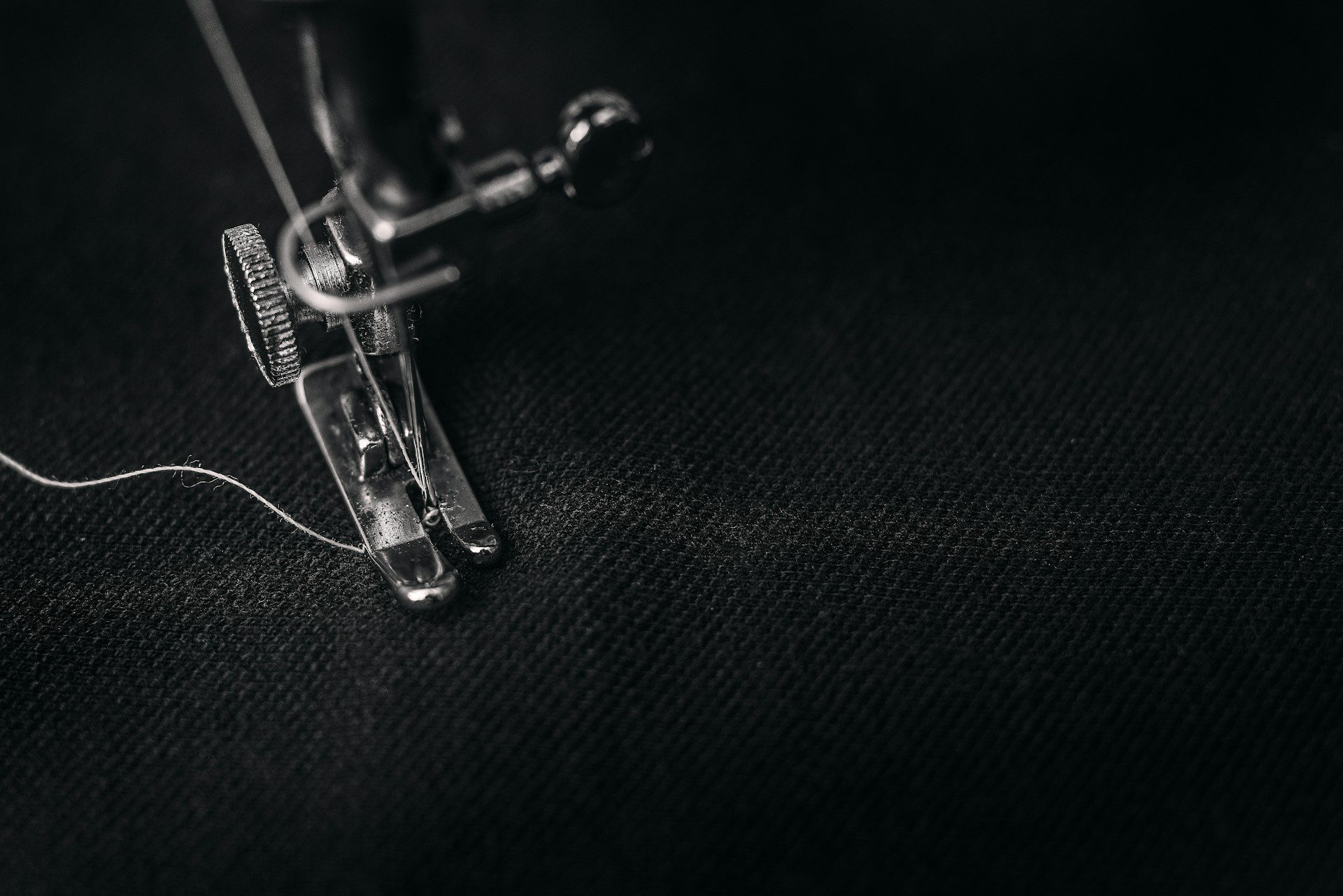
Debt, wage theft and coercion drive the global garment industry – the only answer is collective action
Major fashion brands including Barbour and PVH (the owner of Calvin Klein and Tommy Hilfiger) have agreed to pay over £400,000 in compensation to migrant workers in Mauritius. These workers from Bangladesh, India, China and Madagascar had been forced to pay illegal recruitment fees and, alongside other indicators of forced labour, were allegedly subject to deception and intimidation.
These are the findings from an investigation carried out between 2022 and 2023 by Transparentem, a US-based organisation that investigates workers’ rights.
Migrant workers across several Mauritian factories reported agreeing to pay fees ranging from a few hundred to several thousand US dollars to secure a good job. But, upon arrival, they discovered the job was poorly paid and expenses were higher than promised.
Exploitative practices like this are actually quite common. The Mauritius case is the latest example of the use of forced labour (the most commonly identified form of modern slavery) within company supply chains. But all garment workers – free and unfree – can experience unacceptable forms of exploitation that can only be countered through sustained labour organisation.
Read full article in The Conversation here
